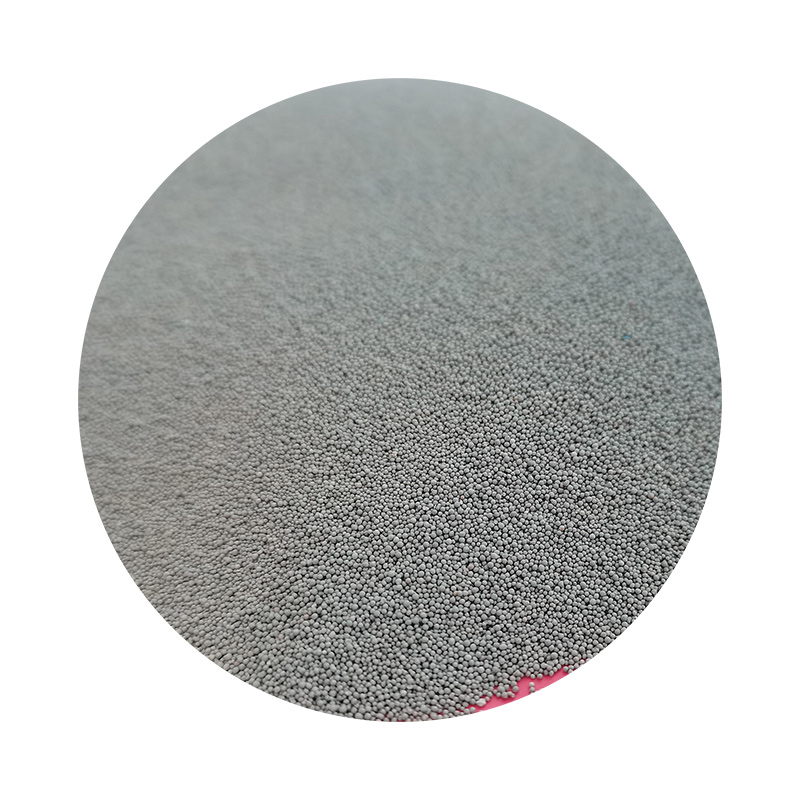The Role of Sand in Casting Processes
Casting is one of the oldest manufacturing processes known to mankind, utilized for creating complex shapes and components from various metals and alloys. Among the essential materials that facilitate this process, sand plays a pivotal role, especially in sand casting, which is the most common method employed in foundries around the world. This article will discuss the properties of casting sand, the advantages of sand casting, and its applications.
Properties of Casting Sand
The primary type of sand used in casting is silica sand due to its excellent properties. Silica sand consists of fine grains of silicon dioxide (SiO2) and possesses high melting points, making it capable of withstanding the extreme temperatures encountered during metal pouring. Ideal casting sand should have good flowability, allowing it to form intricate molds; the ability to retain its shape, ensuring dimensional accuracy; and adequate permeability, enabling gases to escape during the casting process.
To enhance these properties, additives such as clay are often mixed with sand. Clay provides cohesion, giving the sand the strength needed to hold its shape. Additionally, other materials like water are sometimes added to achieve the optimal moisture content, which further improves the mold's integrity.
Advantages of Sand Casting
One of the most significant advantages of sand casting is its versatility. It can be used to create a wide range of parts, from small intricate components to large heavy structures. The process is suitable for various metals, including iron, aluminum, copper, and magnesium alloys. This versatility allows manufacturers to cater to diverse industries, including automotive, aerospace, and energy.
Cost-effectiveness is another major benefit of sand casting. The materials and equipment required are relatively inexpensive compared to other casting methods like investment casting or die casting. Additionally, the sand molds can be reused multiple times, making it a sustainable option in a manufacturing environment.
sand for casting

Another advantage is the ability to produce large and complex shapes without the need for highly specialized tooling. Sand casting can accommodate changes easily, making it possible to modify designs without incurring significant costs. This flexibility is particularly valuable in prototype development, where design iterations are frequent.
Applications of Sand Casting
Sand casting is implemented across various industries due to its adaptability and efficiency. In the automotive sector, it is commonly used to manufacture engine blocks, transmission cases, and exhaust manifolds. Aerospace manufacturers utilize sand casting for creating complex components that require precise tolerance while being lightweight.
In the construction industry, larger castings such as structural components for buildings and bridges are often produced using sand casting techniques. Even in artistic applications, sand castings are used to create sculptures and decorative pieces, showcasing the aesthetic potential of the method.
The process also extends beyond metals. In some applications, sand casting techniques are adapted for creating composite materials, which are increasingly important in high-performance applications.
Conclusion
In summary, sand plays a critical role in the casting process, particularly in sand casting, thanks to its desirable properties and inherent advantages. The versatility, cost-effectiveness, and capacity to create complex shapes make it an invaluable method in numerous industries. As technology continues to advance, the methods and materials used in sand casting are also evolving, promising even greater efficiency and quality in manufacturing. The continued exploration of this ancient method may lead to innovative applications and improvements, ensuring that sand casting remains a cornerstone of modern manufacturing.
Post time:des . 10, 2024 19:26
Next:Whispers of the Radiant Shoreline
